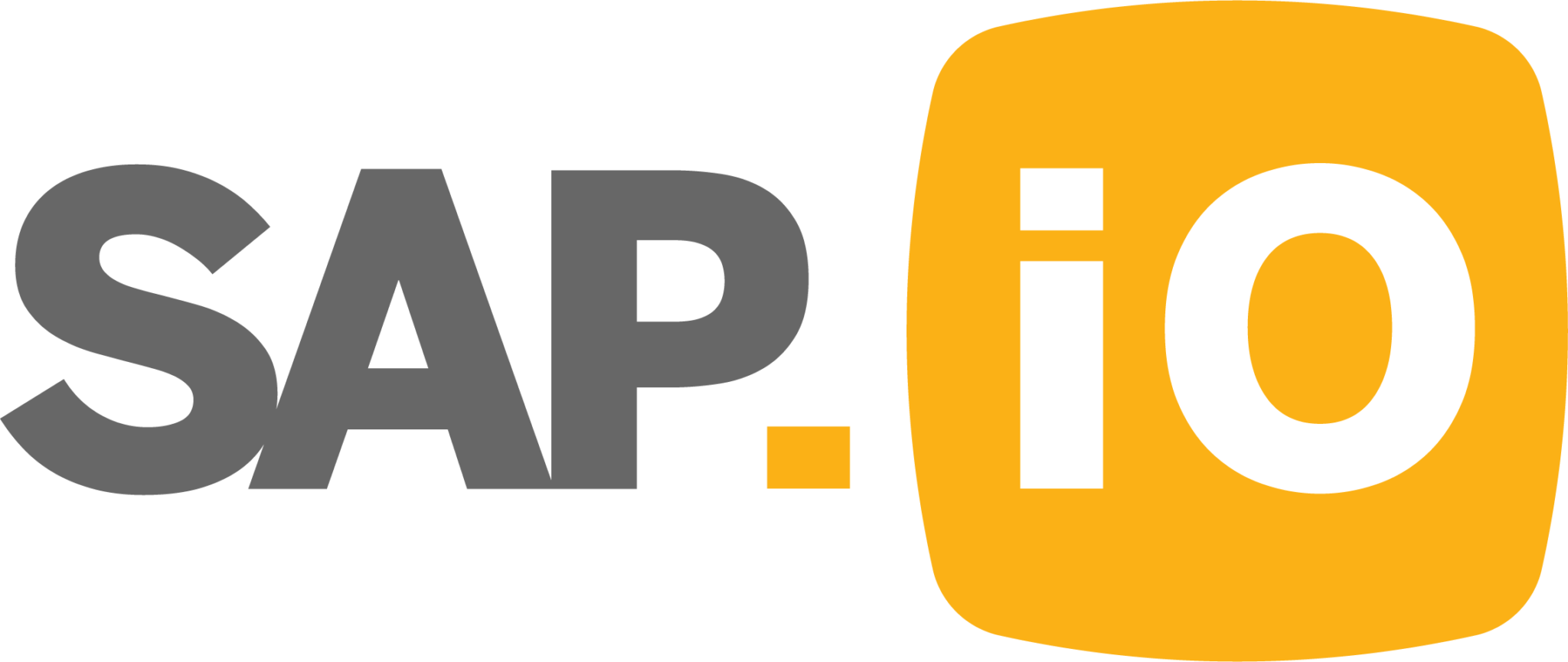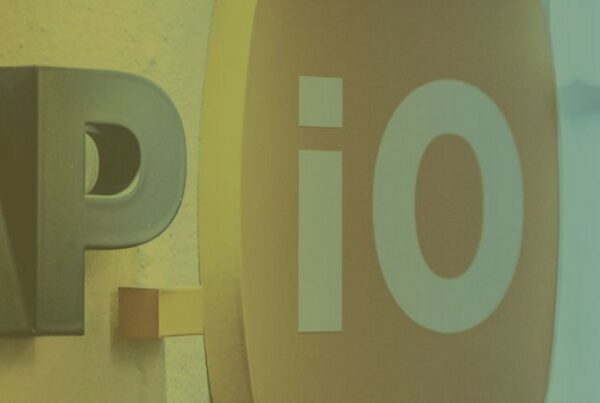When startups and development organizations create software, differentiation is everything. Products that set themselves apart from the competition – by offering enhanced functionality or a better user experience, for example – are more likely to win over decision-makers. Adding context awareness to software is one way to create differentiation.
There are two ways to incorporate context awareness into a product: by making it fundamental to the value proposition or by using it to improve the user experience. Each approach has its benefits.
One example where context awareness is fundamental is software based on location data, such as Google Maps. Such products rely on context, including the user’s location, friends who are in the same area, and information about current conditions – like weather or traffic.
More commonly, though, context awareness is used to improve the user experience – yielding small enhancements that can generate big returns. Even a slight improvement in the user experience can compound over time in terms of user retention. Satisfied users spread the word to others, who also become users who share their experience. In this way, increasing the level of context awareness can become a powerful tool for software developers to differentiate their product.





